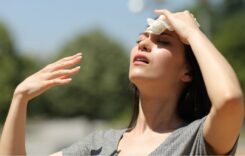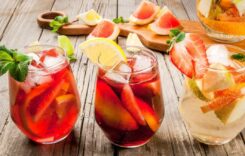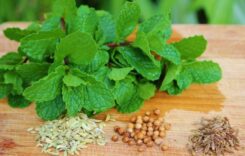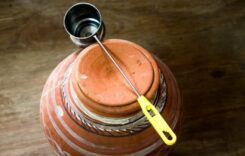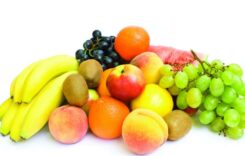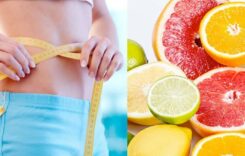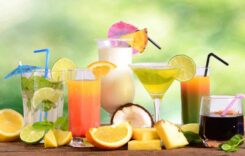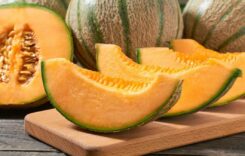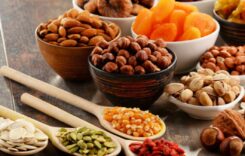On America’s school grounds, there are pandemics people talk about and those we don’t. There’s rape. There are society initiation passings. What’s more, in the two cases, the consideration of the country ordinarily goes to these issues simply after a disaster has happened… after Penn State green bean Timothy Piazza kicks the bucket from expending 18 beverages in 82 minutes… after Brock Turner explicitly attacks an oblivious lady behind a dumpster at Stanford…
Look further, be that as it may, and these plagues share something practically speaking: the inescapable and dangerous drinking society among American youth.
“When you have almost 2,000 kids a year dying that are college-aged kids on college campuses, I’m surprised that those statistics are not out there in a bigger way and that colleges aren’t owning that a little bit more,” says clinical social specialist Julie Fenn in the CBSN Originals narrative, “Drinking Culture: American Kids and the Danger of Being Cool.” “If there were 2,000 kids dying for, you know, a brain disease or the flu or something, we would be all over that.”
In the present popular culture condition, hitting the bottle hard has not just moved toward becoming standardized, it’s turned into a marker of economic wellbeing.
“”People do have that conception that the more you can drink, the cooler you are,” says Alex Artaza, an understudy at Nova Southeastern University in Florida.
“Girls who could handle their alcohol are seen as a lot cooler and a lot more interesting than girls who can’t,” agrees Kaeli Van Cott, a 23-year-old internet based life supervisor in New York City. “Individuals would empower in school like, ‘We have to drink, we have to pregame, we have to go out.’ … Folks who can deal with their liquor were viewed as cool and young ladies who could keep up were welcomed in.”
The National Institute on Alcohol Abuse and Alcoholism characterizes hitting the bottle hard as four beverages for ladies and five beverages for men over the range of two hours. In the United States today, in any case, understudies regularly devour a few times that sum.
And keeping in mind that it used to be that men were considerably more prone to hit the bottle hard than ladies, that sexual orientation hole is quickly shutting, with paces of liquor use and hard-core boozing now on the ascent in ladies and young ladies.
For the narrative, “Drinking Culture,” CBSN Originals visited the University of Wisconsin–Madison, one of the most infamous gathering schools in America, to talk with understudies there about the sums and sorts of drinking that are presently viewed as ordinary.
Gretchen Schroder, a 21-year-old senior, told makers that the most girl’s needed to savor a night was 15 beverages. At the point when gone ahead what that resembled, and whether she recollected that night, girl shook her head, snickered a tad, and answered, “No. I blacked out.”
The NIAAA characterizes passing out as a period”of amnesia during which a person actively engages in behaviors like walking and talking but does not create memories for these events as they transpire. … Depending on how impaired the brain regions involved in decisionmaking and impulse control are, the missing events could range from mundane behaviors, like brushing teeth, to dangerous and traumatic events like driving a car, getting into a fight, or committing — or being the victim of — a sexual assault or other crime.”
While numerous guardians presumably ecstatically accept that this kind of liquor prompted daze is an irregularity, the majority of the youthful Americans who show up in the CBSN Originals doc, “Drinking Culture,” told makers that they have either passed out themselves or saw their companions passing out on various events.
“I’ve seen a lot of people black out,” says Van Cott. “I can’t even give you a defined number. … People brag about that as if it’s something that’s cool to do. Like, ‘I’m totally going to black out tonight.'”

In addition to the fact that this sorts of standardized underage drinking conduct put American youngsters at more serious danger of physical damage and rape, specialists call attention to that there are natural results to drinking in abundance before the mind is finished creating.
“What we’ve seen with data is that if you start drinking at age 13 or 14, drinking full drinks, that that is associated with a five times greater risk of developing an alcohol use problem or disorder compared to if you start at age 21 or older,” clarifies Dr. Sion Harris, a partner teacher of pediatrics at Harvard Medical School.
“We’re also seeing that there are impacts on the development of what we call wiring of the brain. One of the things that really is important that’s happening in the brain during the adolescent years is kind of the connecting up of different brain areas. And the reason that that’s so important is that in order for us to have a really sharp brain, fast processing, and healthy functioning, different parts of the brain have to work together, and that is developing through adolescence,” girl clarified. “When the brain is exposed to things like alcohol, marijuana, other drugs, that seems to impact how the brain gets wired up and that can impact our ability to learn, our ability to make smart decisions, our ability to regulate our emotions.”
Hard-core boozing influences youthful Americans both in manners people can see and in manners people can’t, and backers state people truly need to truly investigate the base of the issue.
“We have to challenge and change that culture, that thinking that it’s normal behavior,”said Julie Fenn.
What’s more, people includes a preventative note for guardians: “I think there is that stereotypic belief that, ‘not my kid. I’m a good parent. My kids would never do that.’ I think all of our kids are at risk. And I can say that honestly, as a parent of three, it doesn’t matter what your profession is, no child is protected.”

